In January 2025, my buddy Dan Raetz and I set out to climb Mount Kilimanjaro. Dan’s a police officer. I’m a firefighter. We’ve both seen the toll our jobs can take on mental health—on ourselves, and on the people we serve beside. This trip wasn’t just about reaching the summit of Africa’s highest peak. It was about raising awareness for first responder mental health and doing our part to help break the stigma.
We carried that mission every step of the way, from our homes in the Black Hills of South Dakota to the freezing, oxygen-thin heights of Barafu Camp. And through it all, the Six Moon Designs Flight 30 was on our backs.
We both used the Flight 30 for the entire Kilimanjaro trek—including summit day. It’s ultralight, surprisingly roomy, and the vest-style harness kept the load stable across everything from slick volcanic rock to endless switchbacks. We noticed the little things—good and bad. And this pack didn’t just hold up. It earned its place.
—

Why the Flight 30?
We’ve been Six Moon Designs fans for a while—partly because we dig their ultralight philosophy, and partly because their gear doesn’t feel like it was made by a focus group of hobby hikers who’ve never sweated through thousands of feet of gain with a side of gastrointestinal distress.
The Flight 30 is a frameless, ultralight pack made for fastpacking and long days on trail. But here’s the kicker: it’s customizable. We ran it with the Flight vest harness, which gave us way more stability and comfort than traditional shoulder straps ever could. That system was perfect on uneven volcanic terrain and during the final summit push in the dark, when shifting weight can wreck your rhythm.
—
Not Just for the Mountain
One of the unexpected wins? This thing crushed it during travel. We used it as our “personal item” on multiple international flights with no issues from airline staff. It fit cleanly in the overhead bin—or under the seat if we needed quick access mid-flight. Between airports, bus rides, and gear transitions, it was just as practical as it was on the mountain.
—
What Worked (aka Almost Everything)
- The Vest Harness System: Game-changer. Rides more like a trail running vest, keeping the load tight and stable without shoulder fatigue.
- Weight: Featherlight. Left room in our legs (and our packs) for the stuff that actually matters, but at the same time, durability was not sacrificed for weight savings.
- Volume: Don’t let the 30L fool you—it fits more than expected, especially with the outer stretch pockets. The bottom mesh pocket was especially handy for my Houdini wind jacket. I was able to easily reach behind me and pull it out.
- Durability: We treated it like gear should be treated. It held up just fine—dust, rocks, rain, and all.
- Travel Functionality: Made airport navigation way easier than a bulky duffel. And no carry-on fees.
—
Honest Downsides
Now let’s keep it real.
- Roll-Top Access: Like all roll-top bags, if you need something buried deep, you’re unloading your life to get it. Not a design flaw—just user error when you forget to pack with strategy. You do trade ease of access for weight savings.
- Exterior Elastic: There’s a lot of bungee cord on this pack. While it’s great for lashing jackets or wet gear without opening the main body, we found it got caught on brush or others’ gear more often than we liked. A minor annoyance, but worth noting if you’re bushwhacking or working in tight spaces.
—
What We Packed
This was our daily pack for the entire trip. Dan carried the same setup and came away with the same thoughts—light, stable, and surprisingly spacious. Contents usually included:
- Extra insulation (puffy, gloves, beanie)
- Smart Water bottle in the vest pouch
- Snacks for the day (judge us all you want, stroopwafels and snickers are all you need)
- Rain gear
- Headlamp
- S*%# kit
- GoPro gear and accessories
- Trekking poles were often stowed on the back
—
Final Thoughts
Could we have used a bigger pack? Maybe. But we didn’t need one. The Flight 30 kept us fast, light, and never gave us a reason to curse it (which is high praise on summit day). For anyone looking to streamline their setup without sacrificing comfort or utility, this is the pack for you.
It’s ultralight done right, and it earned its place on Kilimanjaro.
—
Matt Emrich
Undercover Dirtbags Approved.
@undercoverdirtbags


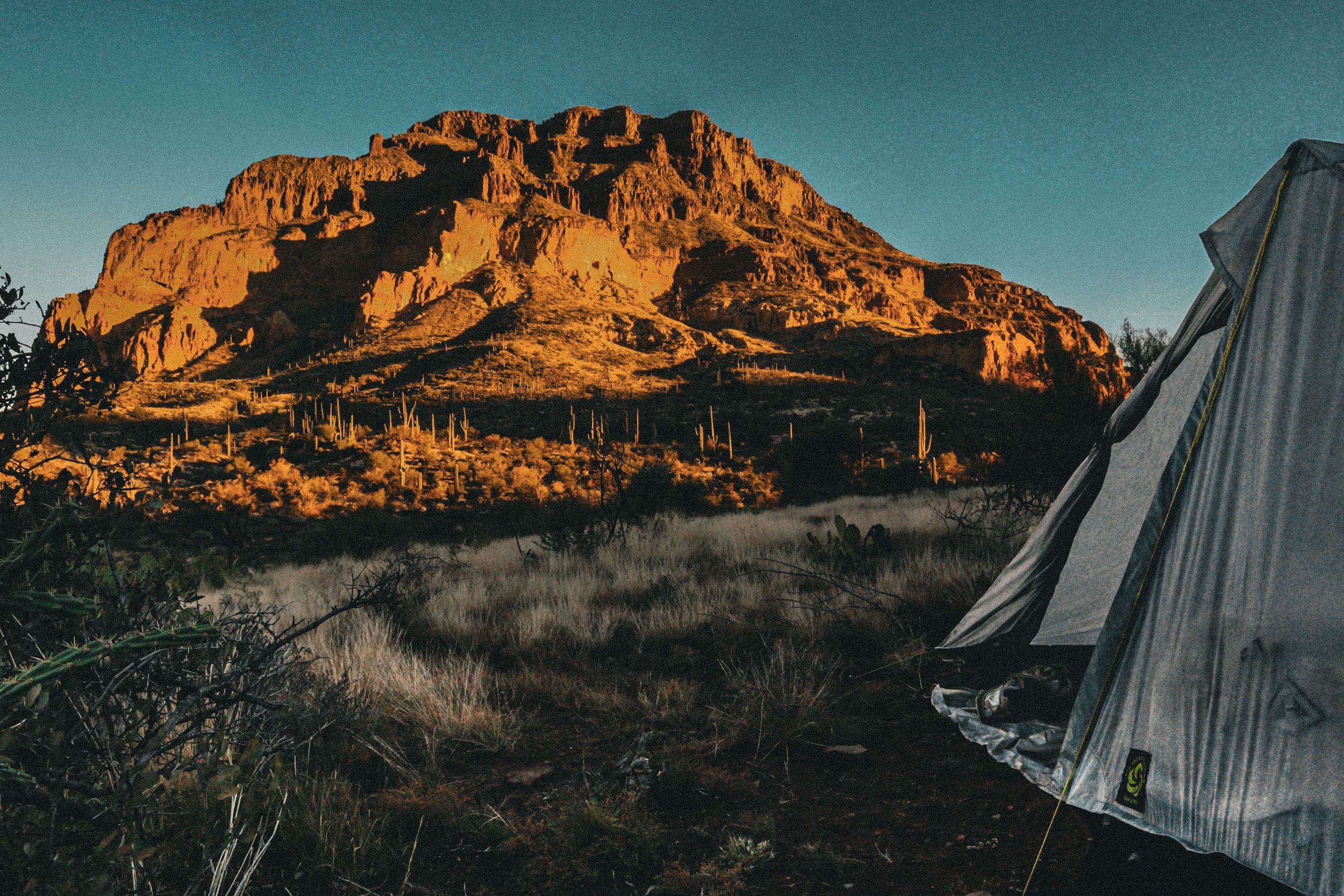
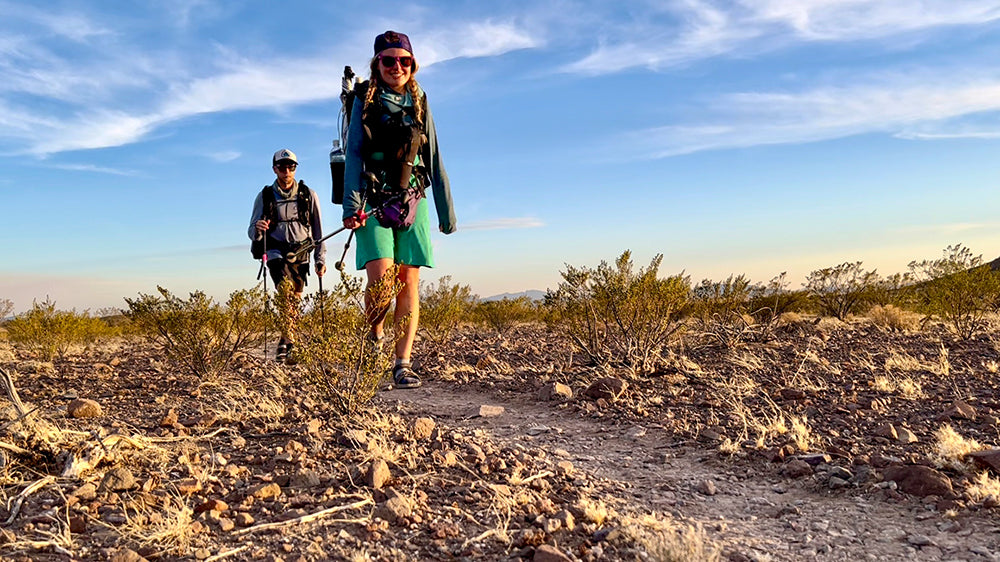
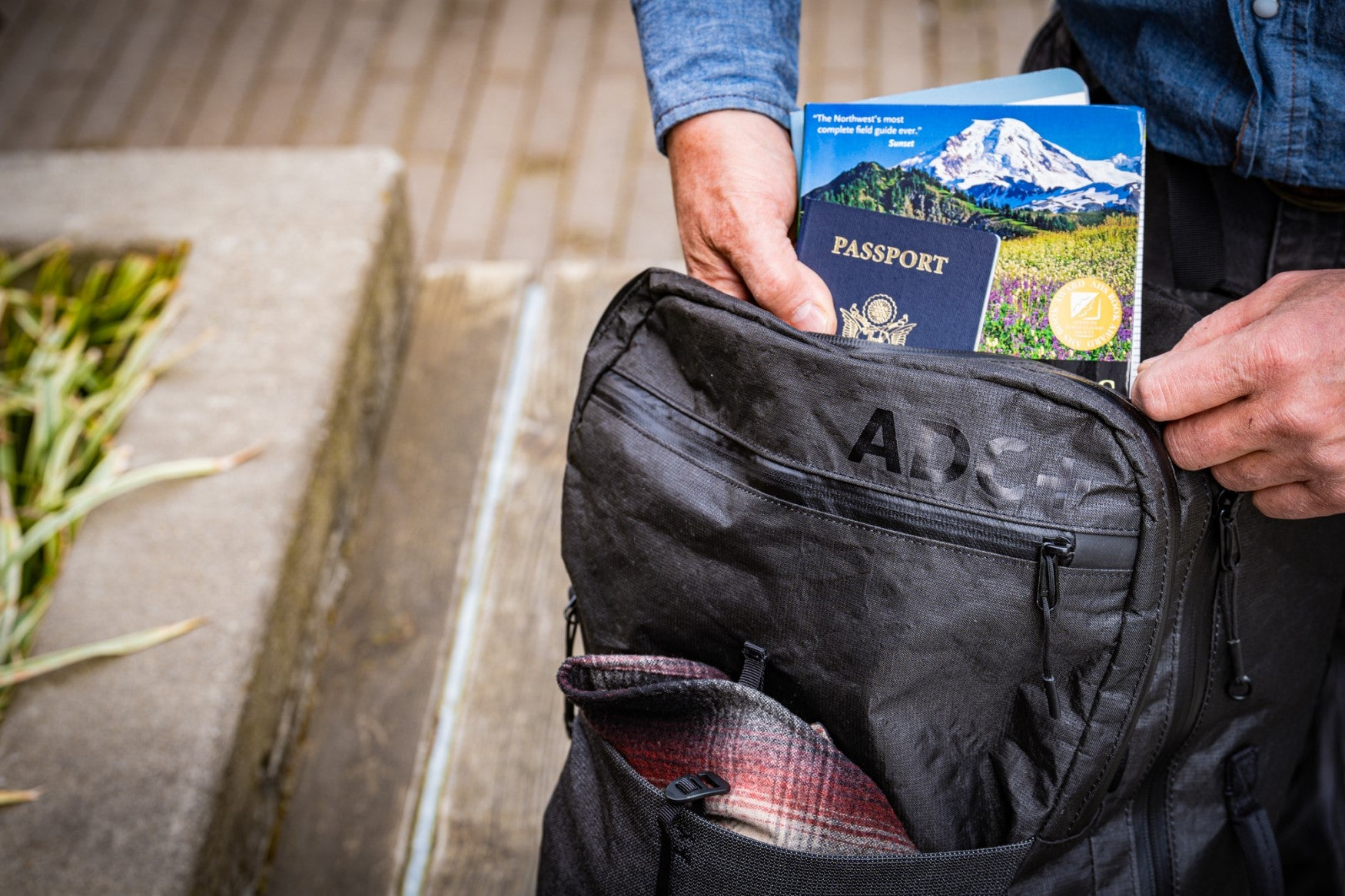
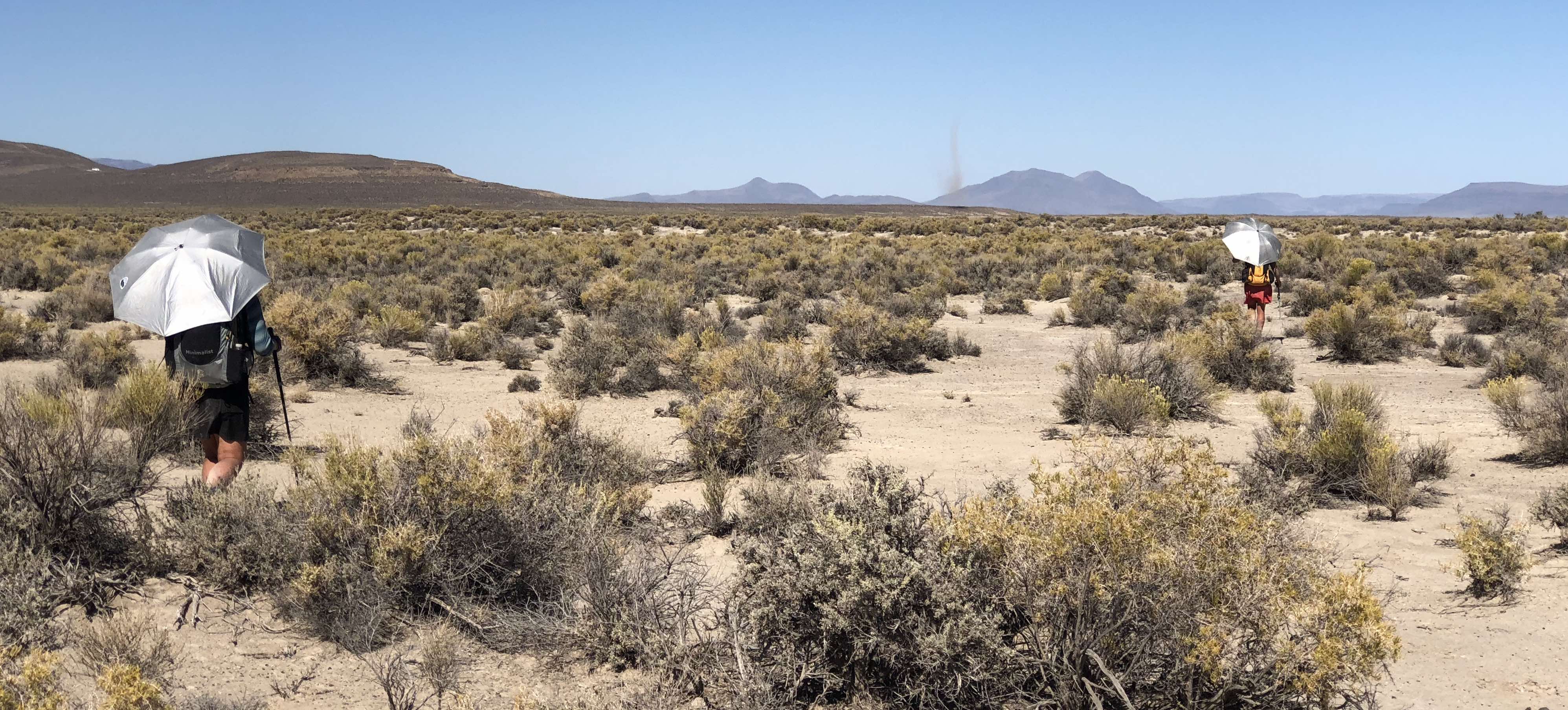
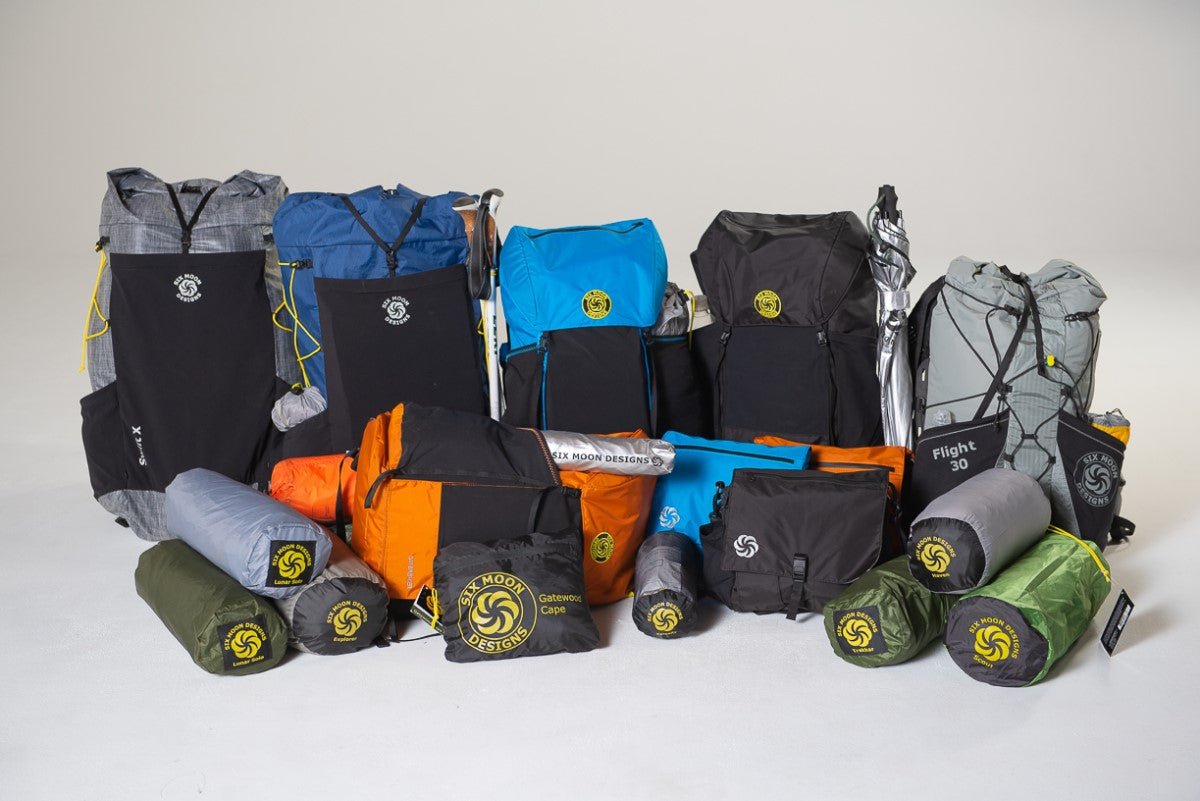
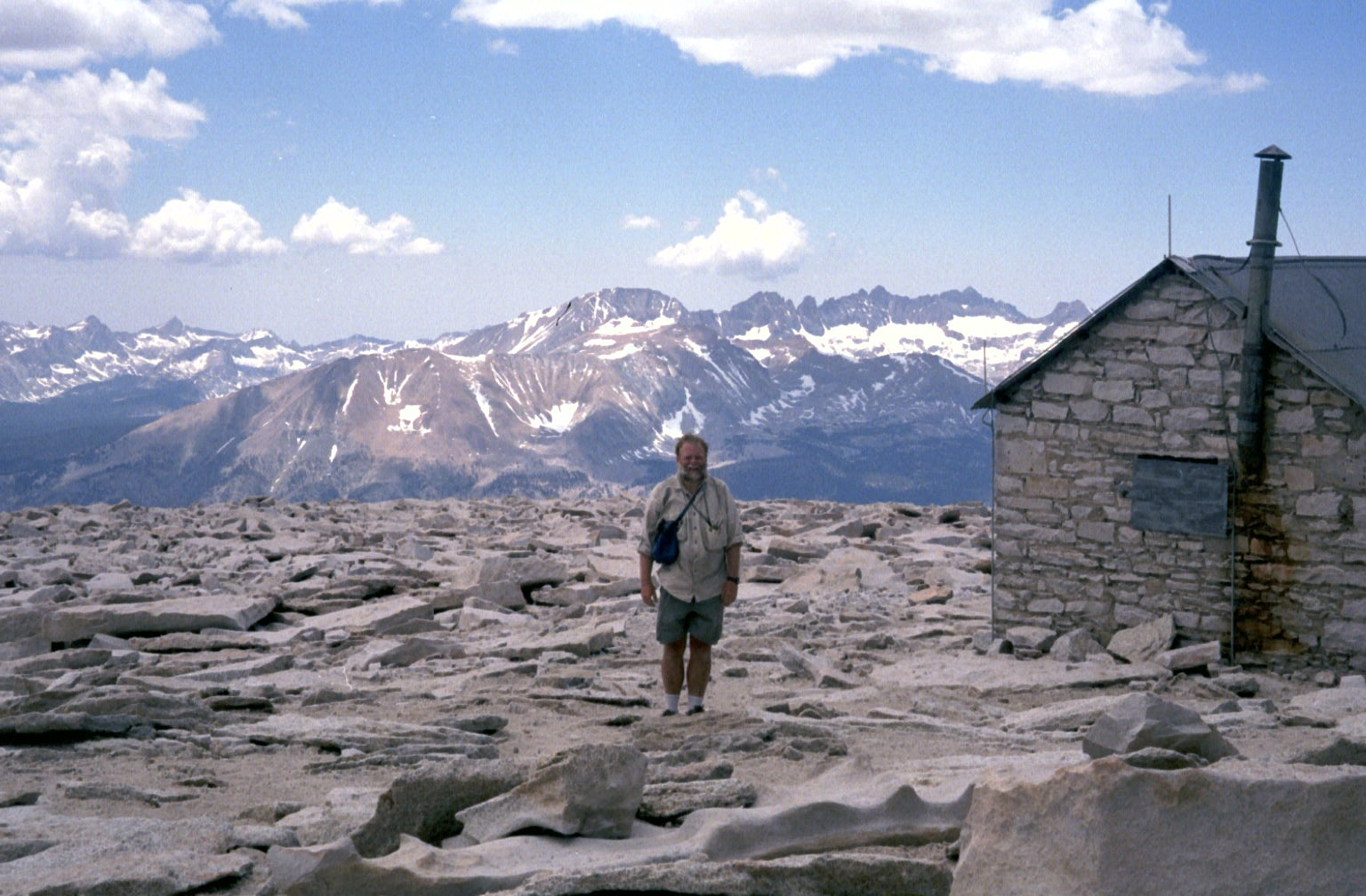
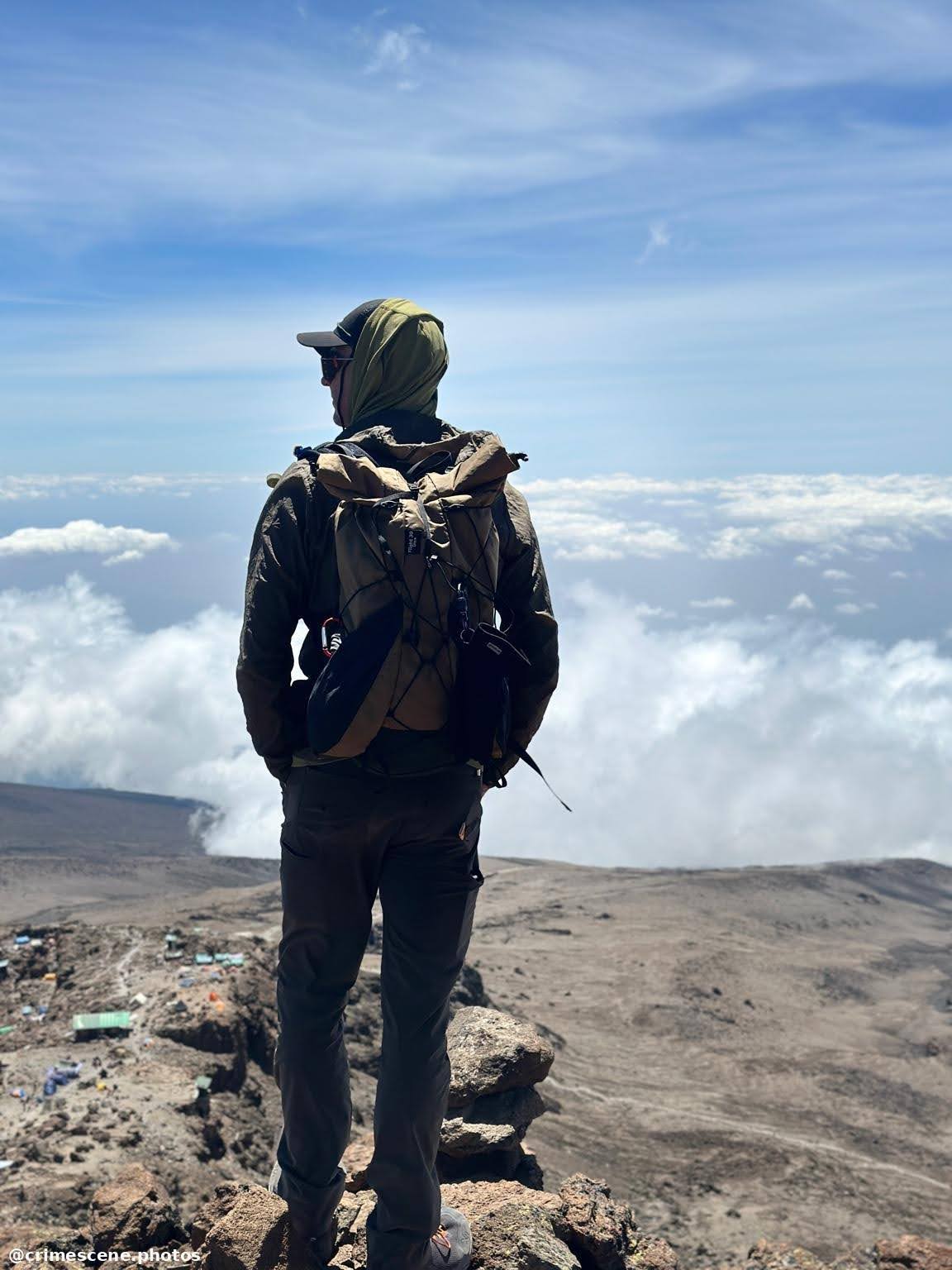
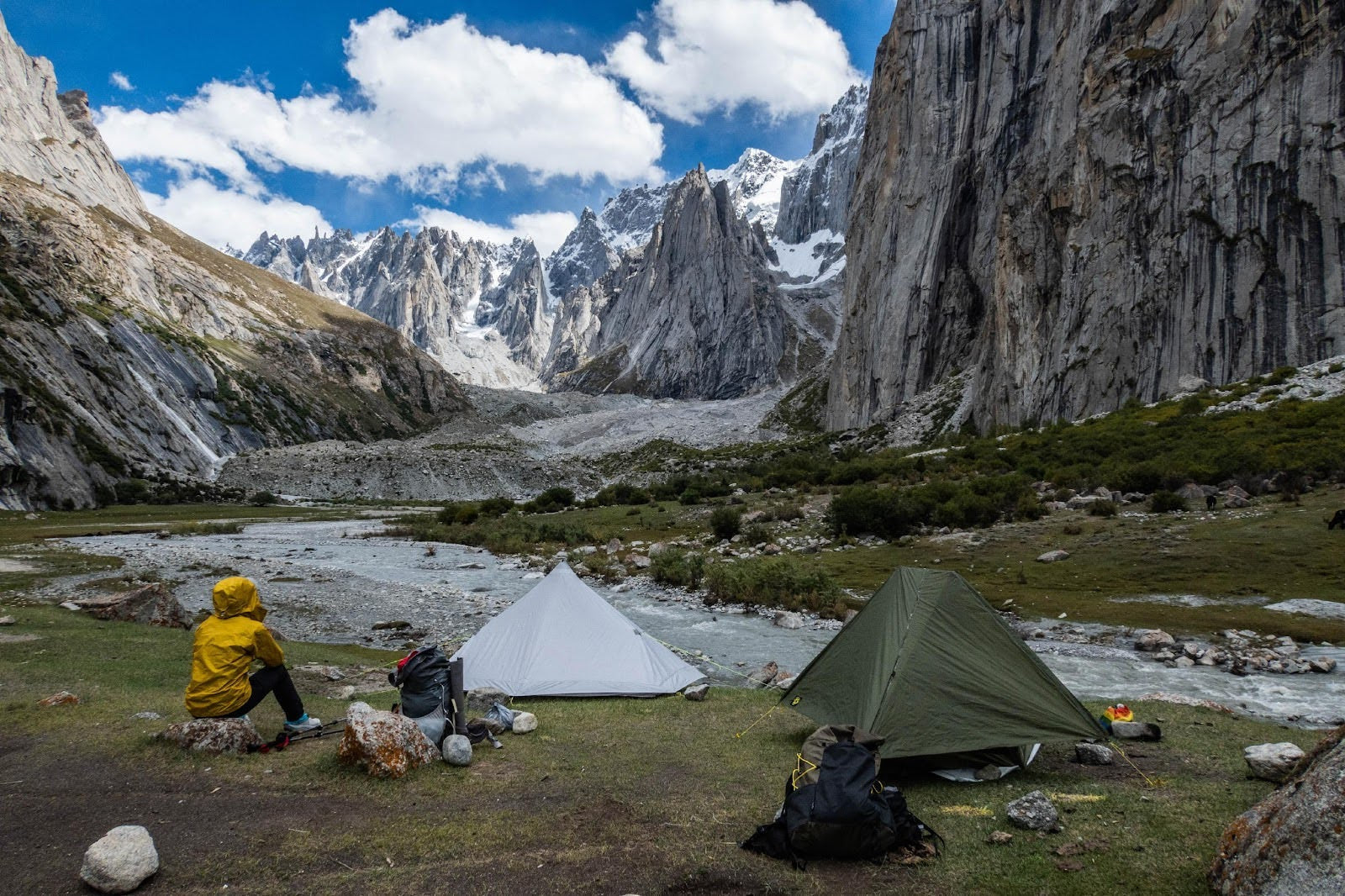
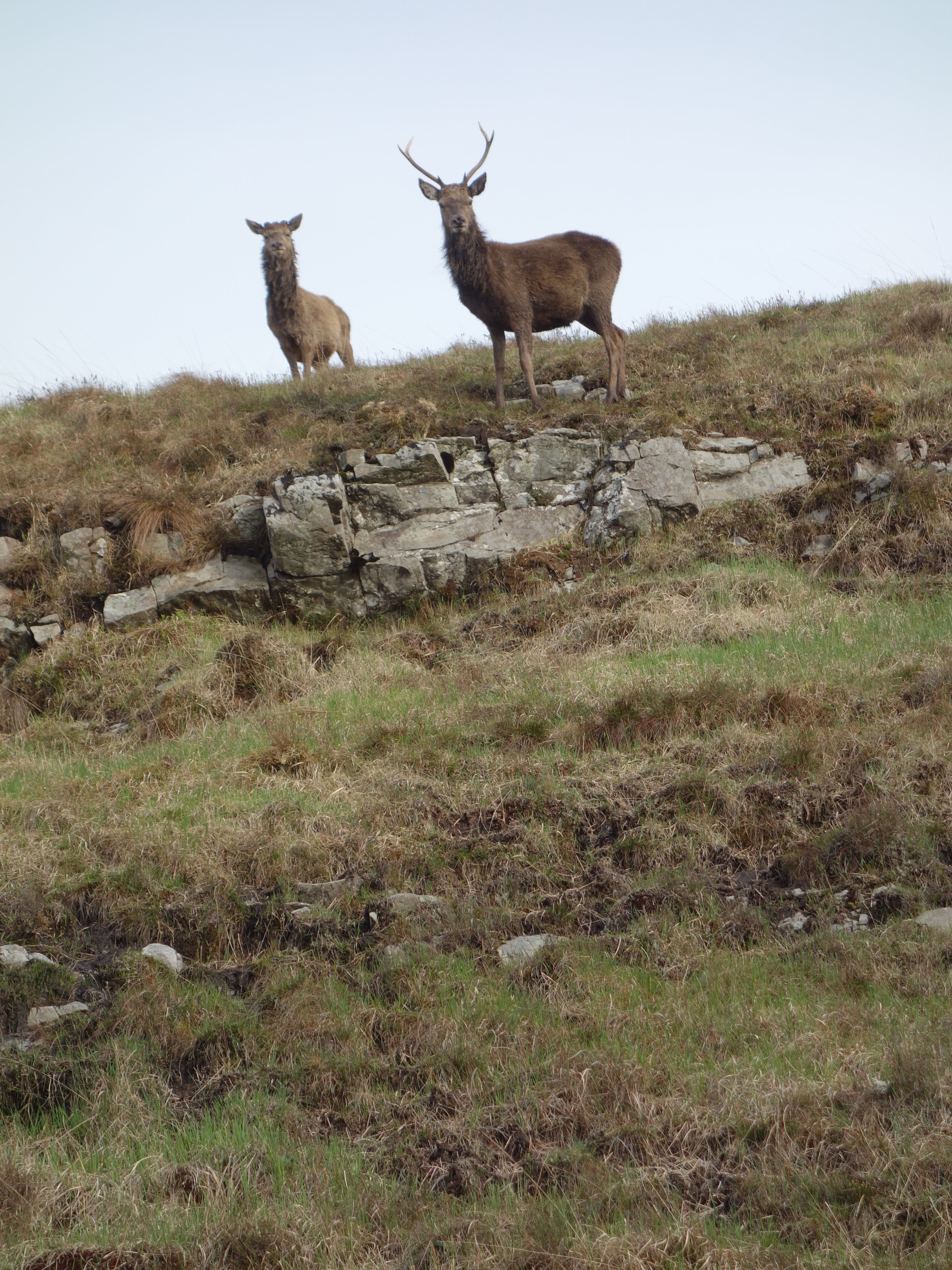
Leave a comment
This site is protected by hCaptcha and the hCaptcha Privacy Policy and Terms of Service apply.